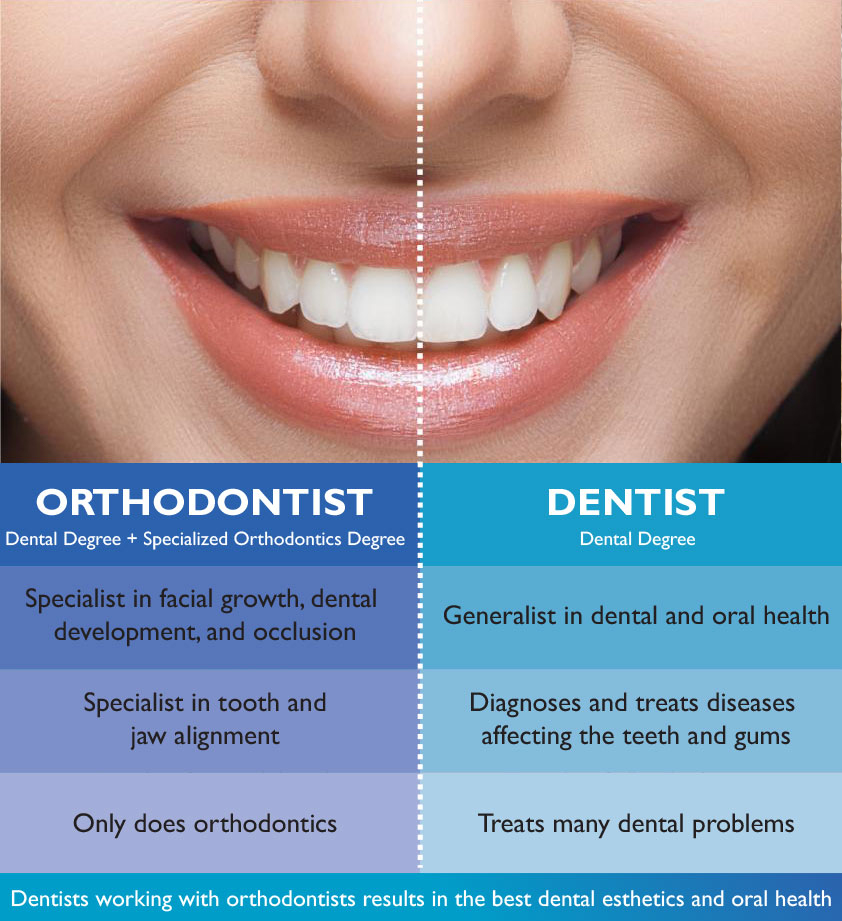Things about Causey Orthodontics
Table of ContentsUnknown Facts About Causey OrthodonticsThe Main Principles Of Causey Orthodontics Causey Orthodontics - QuestionsIndicators on Causey Orthodontics You Should KnowCausey Orthodontics Things To Know Before You Buy
Overlooking occlusal connections, it was common to remove teeth for a range of dental concerns, such as malalignment or overcrowding. The principle of an intact teeth was not extensively appreciated in those days, making bite relationships appear unimportant. In the late 1800s, the principle of occlusion was necessary for developing trusted prosthetic substitute teeth.As these principles of prosthetic occlusion proceeded, it became an indispensable tool for dental care. It was in 1890 that the job and impact of Dr. Edwards H. Angle started to be really felt, with his payment to contemporary orthodontics specifically significant. At first concentrated on prosthodontics, he educated in Pennsylvania and Minnesota before routing his interest in the direction of dental occlusion and the therapies needed to keep it as a typical problem, thus ending up being referred to as the "daddy of contemporary orthodontics".

The idea of excellent occlusion, as proposed by Angle and integrated into a category system, made it possible for a change towards dealing with malocclusion, which is any type of variance from typical occlusion. Having a full collection of teeth on both arches was very looked for after in orthodontic treatment due to the need for specific connections between them.
More About Causey Orthodontics
As occlusion became the key priority, facial percentages and aesthetics were neglected - orthodontist expert. To accomplish perfect occlusals without using exterior forces, Angle proposed that having excellent occlusion was the finest method to get maximum facial appearances. With the passing of time, it ended up being fairly evident that even an exceptional occlusion was not appropriate when thought about from a visual factor of view
Charles Tweed in America and Raymond Begg in Australia (that both examined under Angle) re-introduced dental care extraction into orthodontics throughout the 1940s and 1950s so they might boost face esthetics while additionally guaranteeing much better stability concerning occlusal connections. In the postwar period, cephalometric radiography started to be utilized by orthodontists for gauging changes in tooth and jaw setting triggered by growth and therapy. It became evident that orthodontic treatment could readjust mandibular development, bring about the development of useful jaw orthopedics in Europe and extraoral pressure actions in the United States. These days, both functional home appliances and extraoral tools are used around the world with the purpose of changing development patterns and kinds. Consequently, going after real, or a minimum of improved, jaw connections had come to be the major purpose of therapy by the mid-20th century.
Causey Orthodontics Things To Know Before You Get This
 Till the mid-1970s, braces were made by covering metal around each tooth. https://www.detroitbusinesscenter.com/medical-care/causey-orthodontics-26087., it came to be feasible to rather bond steel brackets to the teeth.
Till the mid-1970s, braces were made by covering metal around each tooth. https://www.detroitbusinesscenter.com/medical-care/causey-orthodontics-26087., it came to be feasible to rather bond steel brackets to the teeth.Andrews offered an insightful meaning of the perfect occlusion in long-term teeth. This has actually had meaningful effects on orthodontic treatments that are carried out regularly, and these are: 1. Appropriate interarchal connections 2. Right crown angulation (pointer) 3. Proper crown inclination (torque) 4. No rotations 5. Tight get in touch with factors 6. Apartment Curve of Spee (0.02.5 mm), and based on these principles, he found a therapy system called the straight-wire appliance system, or the pre-adjusted edgewise system.
The benefit of the layout depends on its brace and archwire mix, which needs just marginal cord flexing from the orthodontist or medical professional (family orthodontics). It's appropriately called hereafter function: the angle of the port and thickness of the bracket base ultimately identify where each tooth is located with little requirement for added control
Getting My Causey Orthodontics To Work
Both of these systems used similar brackets for every tooth and required the bending of an archwire in 3 aircrafts for locating teeth in their wanted positions, with these bends dictating utmost placements. When it pertains to orthodontic home appliances, they are separated into two kinds: removable and dealt with. Removable devices can be tackled and off by the individual as required.

Hence, mostly all contemporary fixed home appliances can be thought about variants on this edgewise appliance system. Early 20th-century orthodontist Edward Angle made a major contribution to the globe of dental care. He developed 4 unique home appliance systems that have actually been made use of as the basis for several orthodontic therapies today, barring a few exemptions.
Rumored Buzz on Causey Orthodontics

The cord finished in a thread, and to relocate it ahead, an adjustable nut was made use of, which enabled a rise in area. By ligation, each private tooth was connected to this extensive archwire (cheapest orthodontist near me). Due to its limited series of motion, Angle was unable to attain exact tooth placing with an E-arch
These tubes held a soldered pin, which could be rearranged at each appointment in order to move them in position. Referred to as the "bone-growing home appliance", this device was thought to motivate much healthier bone development as a result of its capacity for moving force directly to the roots. Applying it verified troublesome in truth.